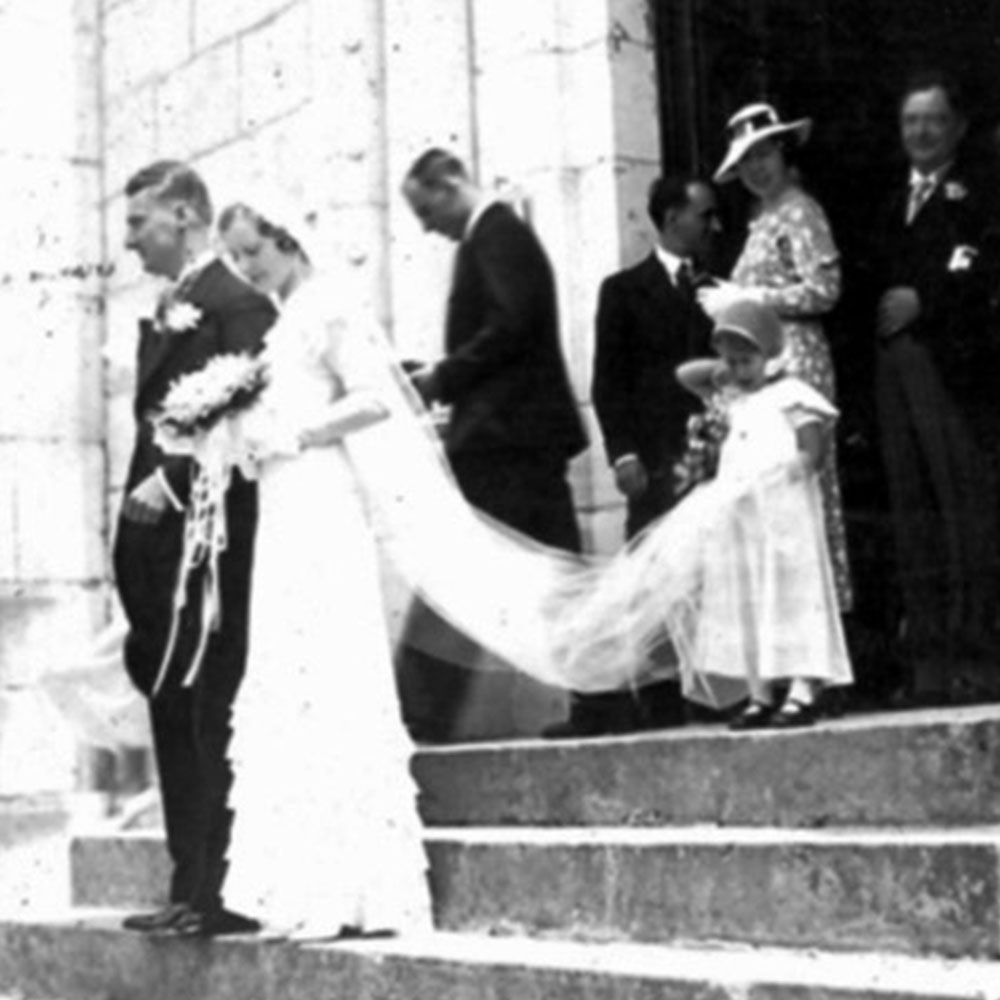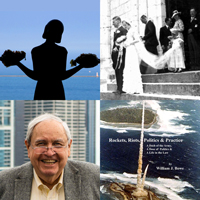The marketing of collector’s plates involved a good deal of intellectual property law. The plate designs were mostly protected by copyright laws that prevented the artistic work from being copied. Bradford had created a magazine concerned with the hobby. Its content needed copyright protection, too.
These were done with filings in the Copyright Office of the Library of Congress. Then there were the names of the many subsidiary companies that sold the various collector plates. “Bradford” and the names of these businesses had to be trademarked. This was accomplished with filings in the Patent and Trademark Office of the U.S. Department of Commerce and with various state government offices.
This concentration and hands-on training helped guide my career as an intellectual property lawyer when I later served as General Counsel with United Press International, Inc., and Encyclopaedia Britannica, Inc. During my tenure, Bradford had substantial litigation over copyright and trademark issues of the day. This marked the real beginning of my learning to manage complex intellectual property disputes. At Bradford, these disputes usually involved lawsuits either asserting copyright or trademark infringement or defending against these kinds of claims. In the landmark copyright case, Gracen v. Bradford Exchange, 698 F.2d 300 (7th Cir. 1983), Judge Richard Posner’s opinion for the 7th Circuit Federal Court of Appeals upheld Bradford’s defense of a copyright infringement claim against it. The lawsuit involved a painting of actress Judy Garland in MGM’s famous movie The Wizard of Oz. Posner’s opinion was memorable both for its erudition and its setting of an important legal precedent.





